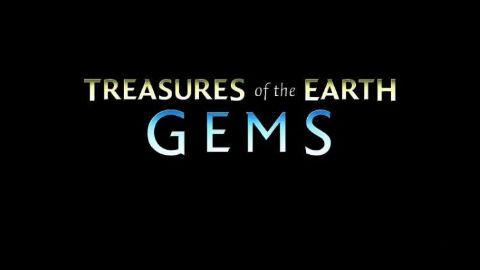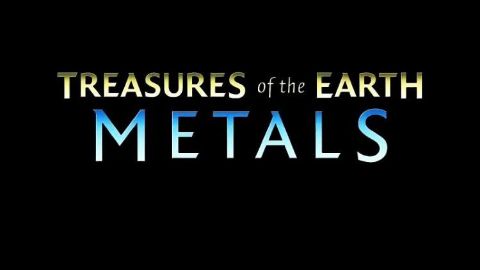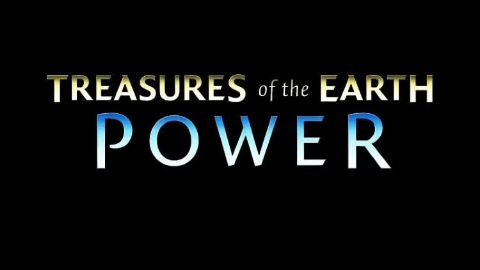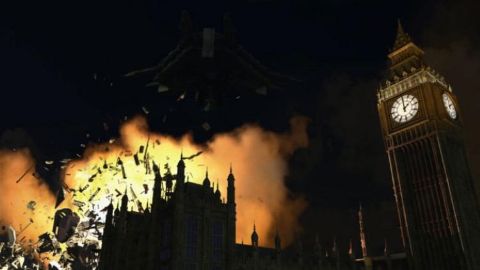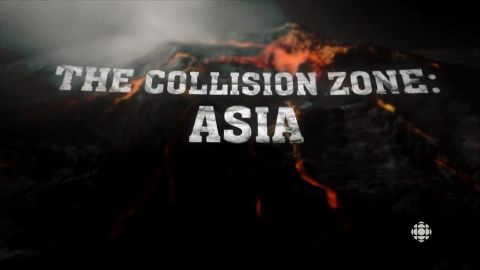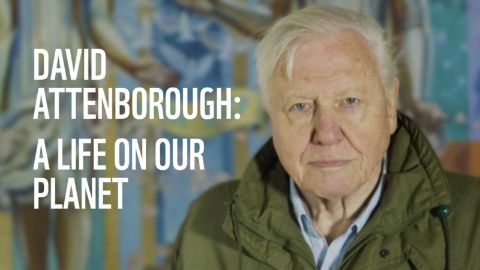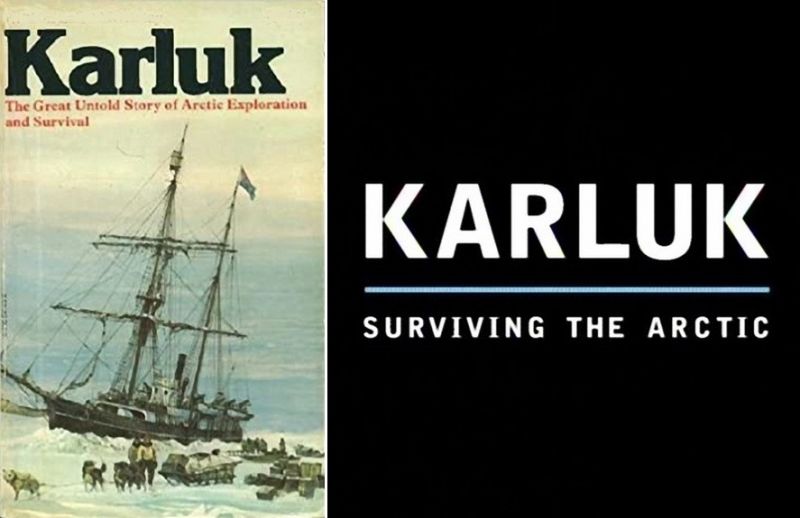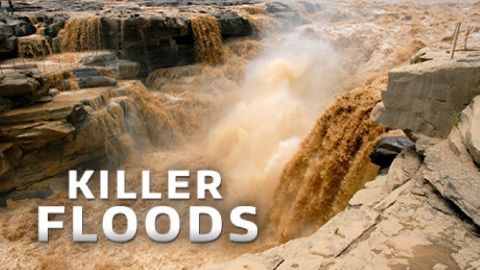Gems • 2016 • episode "Part 1" • Treasures of the Earth
Their beauty has captivated us for millennia. Their cost can be extraordinary–some are even considered priceless. Precious gems like diamonds, rubies, emeralds, opal, and jade are the ultimate treasures of the earth, and each one is made from a specific–and often torturous–recipe of chemistry, pressure, and heat. The secrets to their sparkle, color, and even strength lie deep inside the gems themselves, but could they also hold clues to one of the most enduring mysteries in the field of geology? From Tiffany’s workshop in New York to the sapphire mines of Sri Lanka, from North Carolina’s emerald fields to the jade-laden Forbidden City of China.
Make a donation
Buy a brother a hot coffee? Or a cold beer?
Hope you're finding these documentaries fascinating and eye-opening. It's just me, working hard behind the scenes to bring you this enriching content.
Running and maintaining a website like this takes time and resources. That's why I'm reaching out to you. If you appreciate what I do and would like to support my efforts, would you consider "buying me a coffee"?
Donation addresses
BTC: bc1q8ldskxh4x9qnddhcrgcun8rtvddeldm2a07r2v
ETH: 0x5CCAAA1afc5c5D814129d99277dDb5A979672116
With your donation through , you can show your appreciation and help me keep this project going. Every contribution, no matter how small, makes a significant impact. It goes directly towards covering server costs.
